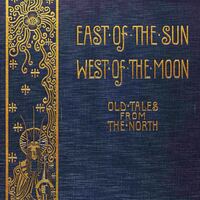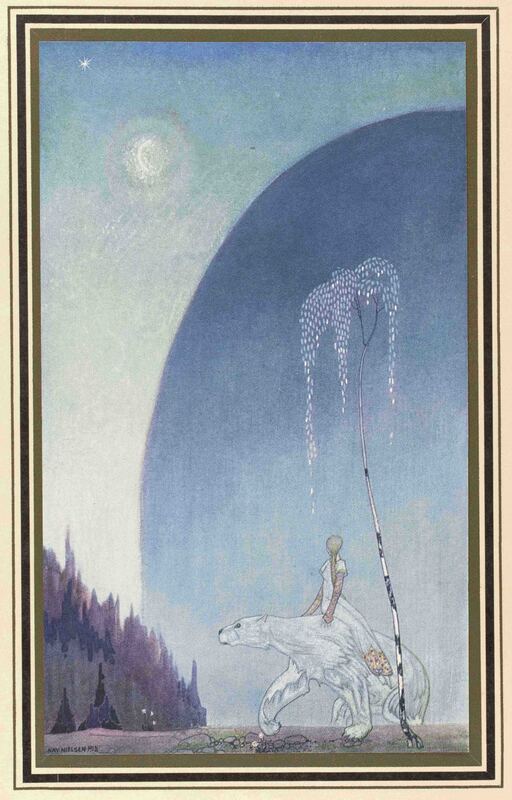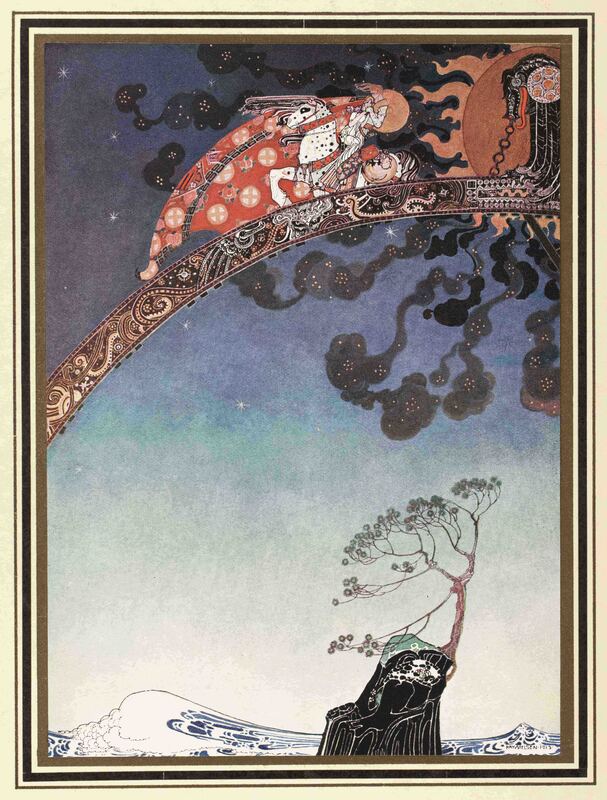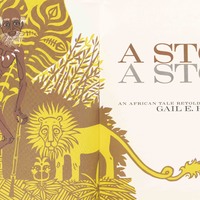Exhibit Contents
- Once Upon a Time
- East of the Sun and West of the Moon
Asbjørnsen, Moe, and Norwegian Folklore
Inspired by the success of the Grimm brothers, friends Peter Christen Asbjørnsen and Jørgen Moe began working together to collect folklore from throughout Norway in the mid-1830s. In 1841, they published their first volume of folktales, Norske Folkeeventyr. Because of the challenge presented by retelling stories in Norwegian dialects, Asbjørnsen and Moe followed the Grimm brothers’ example and applied a simple linguistic style. This involved importing features to make the language stand out from Danish, thus contributing to the development of the Norwegian written language. The book featured here, East of the Sun and West of the Moon: Old Tales from the North, contains stories selected from Norske Folkeeventyr with beautiful illustrations by Danish artist Kay Nielsen.
"East of the Sun and West of the Moon"
The title story contains many elements that recur throughout Norwegian folklore, such as the presence of magic, the personification of animals and nature, and mythological creatures like trolls. As is also common, the story shares characteristics of Norse mythology as well as Christian elements. Likely influenced by the tale of “Cupid and Psyche” in the Metamorphoses of Apuleius, “East of the Sun and West of the Moon” is a classic story of overcoming obstacles for love. In this version, the young woman does the rescuing as she must travel to the castle that lies east of the sun and west of the moon to break the curse that has transformed her prince into a polar bear and save him from marrying the troll princess. There are many fairy tales from other cultures similar to “East of the Sun” that were also likely influenced by “Cupid and Psyche,” including the well-known French fairy tale “Beauty and the Beast.”




